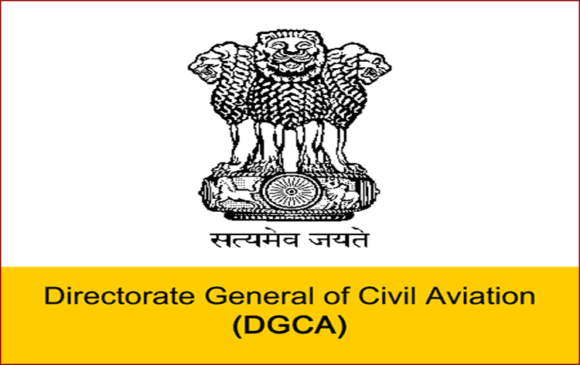
A350 1000 Airbus MSN059 altitude test landing scaled
AerCap is raising its earnings per share for 2022 on the back of a strong third quarter and the year to date as the outlook for the fourth quarter looks strong. The world’s biggest lessor continues to see robust demand for air travel. Combined with the pressure on new aircraft deliveries, this translates into a growing demand for new and used leased aircraft and engines, it said in its Q3 earnings release on November 3. AerCap bullish about demand as aircraft delivery delays continue.
AerCap reported a $439.5 million net income for Q3, slightly up from $433.9 last year. Adjusted net income was $537 million, or $2.21 per share. Basic lease rents were $1.473 billion compared to $847.7 million in 2021. Including other revenues, total revenues grew to $1.724 billion from $1.454 billion. The result includes $51 million related to lease premium amortization. Maintenance rents and other receipts were $120 million but were negatively impacted by $30 million of maintenance rights assets amortized to revenue. Operating cash flow was $1.1 billion.
The net income for the nine months through September is $1.221 billion compared to $911.7 million last year. Basic lease rents were $4.488 billion versus $2.608 billion, with total revenues at $5.185 billion compared to $3.782 billion. AerCap significantly deleveraged its financials and has now an adjusted debt-to-equity ratio of 2.69 compared to 2.66 in December. As a result, the lessor has raised its full-year guidance for the earnings per share from $6.50-$7.00 to $8.00-$8.50. Liquidity stood at $17 billion in September and debt at $47.4 billion.
The strong demand is evident from 255 transactions during the quarter, including 184 lease agreements, 34 purchases, and 37 sales. All new aircraft on order for 2023 are already placed with customers. The lessor is optimistic about the outlook for the widebody market, which according to CEO Aengus Kelly will continue to drive the recovery. It signed 30 widebody leases in Q3 alone, of which eleven were from the order book and nineteen for used aircraft. Demand was high in Europe, Asia, and South America.
Demand for widebodies is strong
Demand for used, leased widebody aircraft will be sustained by low-rate deliveries of the Boeing 787 and Airbus A330neo and A350 aircraft. “But we believe that the shortages in the narrowbody market will be replicated in the widebody market. And like in the narrowbody market, the tight supply will persist in the next few years”, Kelly said. He added that storage rates of 787 are actually lower than those of A321neo’s.
Delivery delays of new aircraft continue, mainly caused by shortfalls at engine manufacturers, and are expected to persist. To the benefit of lessors, this situation will increase lease rates. Kelly repeated his remarks from August that new-technology engines are coming off the wings for maintenance, repair, and overhaul earlier than expected. This forces engine OEMs to divert more new engines as spares for in-service aircraft over newly-build frames. Labor shortages within the MRO industry will also persist as training new staff will require time.
AerCap’s order backlog includes 461 aircraft, of which 444 are scheduled for delivery through 2026. (AerCap)
AerCap recently announced an order with Elbe Flugzeugwerke (EFW) for the conversion of up to thirty of its Airbus A321ceo passenger aircraft to full freighters. With a currently owned and managed fleet of 68 full freighters, this is a significant addition to the fleet. Although the cargo market has cooled down in recent months, Kelly noted that the quality and breadth of customers that want leased full freighters has improved over the year, with more companies wanting to manage their supply chain in-house by operating their own cargo aircraft.
In his closing remarks, Kelly looked ahead with confidence: “As we sit here now, twelve months on from the closing of the GECAS acquisition, we are optimistic about the future. We have come through Covid, the Russian aircraft write-off, and we have still hit our target debt-to-equity ratio ahead of schedule. As we look forward, the resilience and stability of our industry is becoming more and more apparent.”
AerCap’s fleet stood at 3.571 aircraft, engines, and helicopters by the end of September, of which 2.190 are passenger aircraft and 68 full freighters. The number includes 461 aircraft on order, including 236 Airbus A320neo family aircraft, 131 Boeing MAX, 33 Embraer E-jets, 26 Boeing 787s, eighteen Airbus A220s, and twelve A330neo’s. The popularity of the MAX 8 has bounced back, but the A321neo still has the lead over the competition just as the 787-9 has in the widebody segment, Aengus Kelly said.
Views: 2




